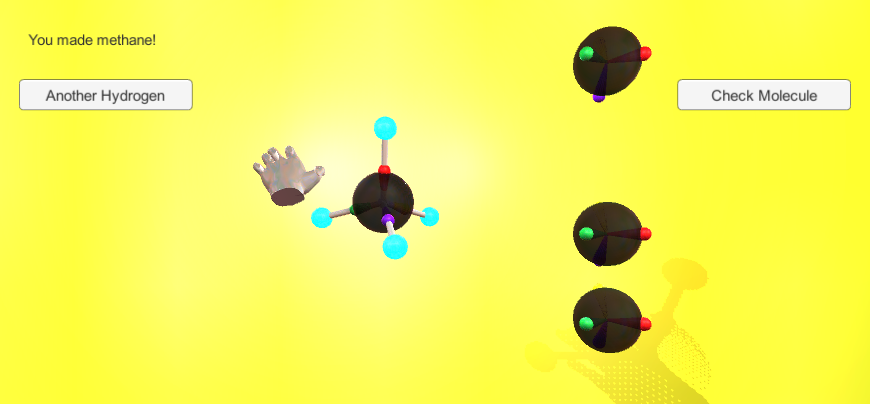By Bosede Edwards, Kevin Bielawski, Rui Prada and Adrian Cheok
Immersive Learning (IL) represents one of the most emergent and rapidly evolving forms of technology-aided instruction. It can support the simulation of possible scenarios to promote improved learning. Virtual Reality (VR) in education is a system that supports immersive learning and has been tagged the next frontier of computer interaction in addition to its ability to support a new dimension to multimedia and multisensory instruction. Integrating haptics with VR will support IL and Tangible User Interfaces (TUIs) for learning; however, current systems have relied on mouse/keyboard and touch-screens for input. The VRMC employ real haptics, enables learners to build organic molecules using virtual atoms which they can touch and bring together and users can also view actual spatial orientation of the organic bonds. A pair of sensors-enabled gloves provide haptic feedback to users. The PC-based system is planned for integration with a VR gear in the next step of the project. The VRMC represents a novel approach in the educational application of VR with haptics and progress in the future of learning, multimedia/multisensory instruction, immersive learning systems, TUIs in education, and the next generation classroom. Above all, the VRMC is completely safe for users.


